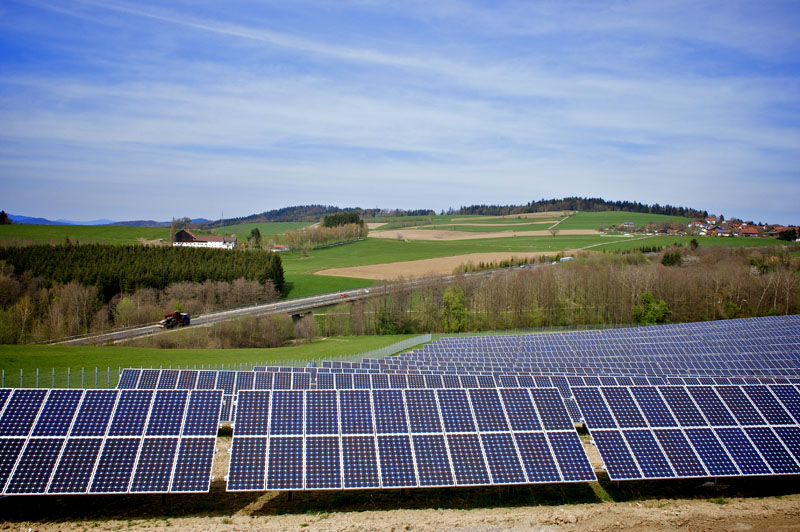China’s Belt and Road Initiative (BRI), launched in 2013, has evolved from a focus on infrastructure development to a more sustainable approach, emphasizing green investments. This shift aligns with China’s domestic goals of achieving carbon neutrality by 2060 and peak emissions by 2030. The “Green Silk Road” initiative now prioritizes renewable energy, sustainable infrastructure, and environmental protection in its international projects.
Green Investments Surge
In 2024, China invested a record $11.8 billion in green energy projects under the BRI, marking a 60% increase from the previous year. This investment was part of a broader $70.7 billion in construction contracts and $51 billion in investments across 340 projects. Notably, for the first time, China’s overseas investments in wind and solar power projects surpassed those in coal, indicating a significant shift towards clean energy.
Strategic Partnerships and Regional Focus
China is deepening cooperation with countries in Southeast Asia, Africa, and Central Asia to promote green development. For instance, in Indonesia, China is involved in nickel smelting and high-speed rail projects, while in Central Asia, initiatives like large-scale tree nurseries in Kyrgyzstan reflect a commitment to environmental sustainability.
Policy Framework and Goals
China’s “Opinions on Promoting the Green Development of the Belt and Road Initiative,” issued in 2023, set clear targets for 2025 and 2030. By 2025, China aims to achieve significant progress towards a green BRI, with the goal of establishing a fully green development framework by 2030.
Challenges and Criticisms
Despite these advancements, challenges remain. The reliance on host countries’ environmental standards has led to concerns about inconsistent implementation of green practices. Additionally, some projects initiated before the green shift continue to operate, potentially undermining the overall environmental goals of the BRI.
Conclusion
China’s Belt and Road 2.0 represents a significant pivot towards sustainable development, with increased investments in green energy and infrastructure. While challenges persist, the commitment to a greener BRI reflects China’s broader environmental objectives and its role in global climate leadership.











